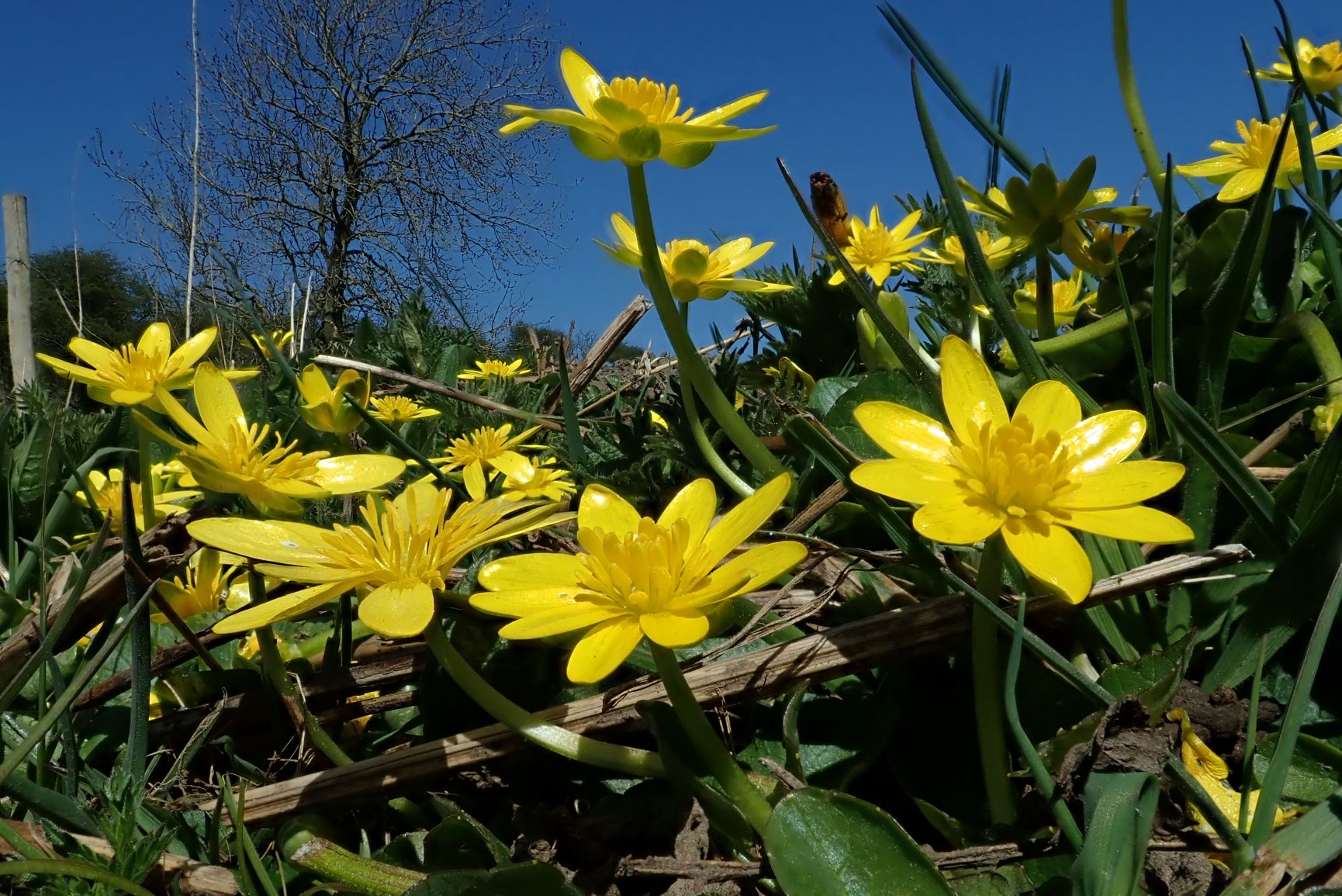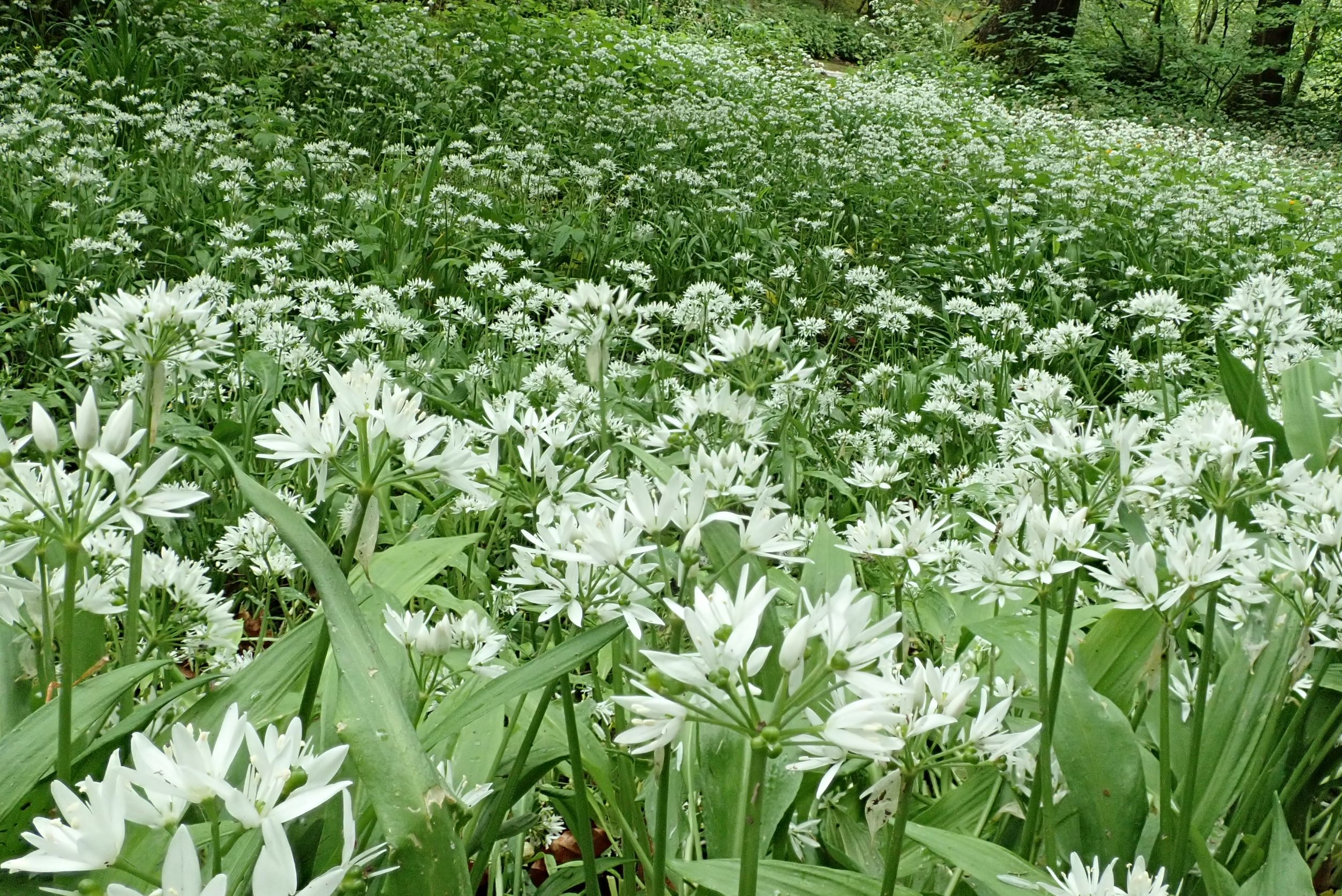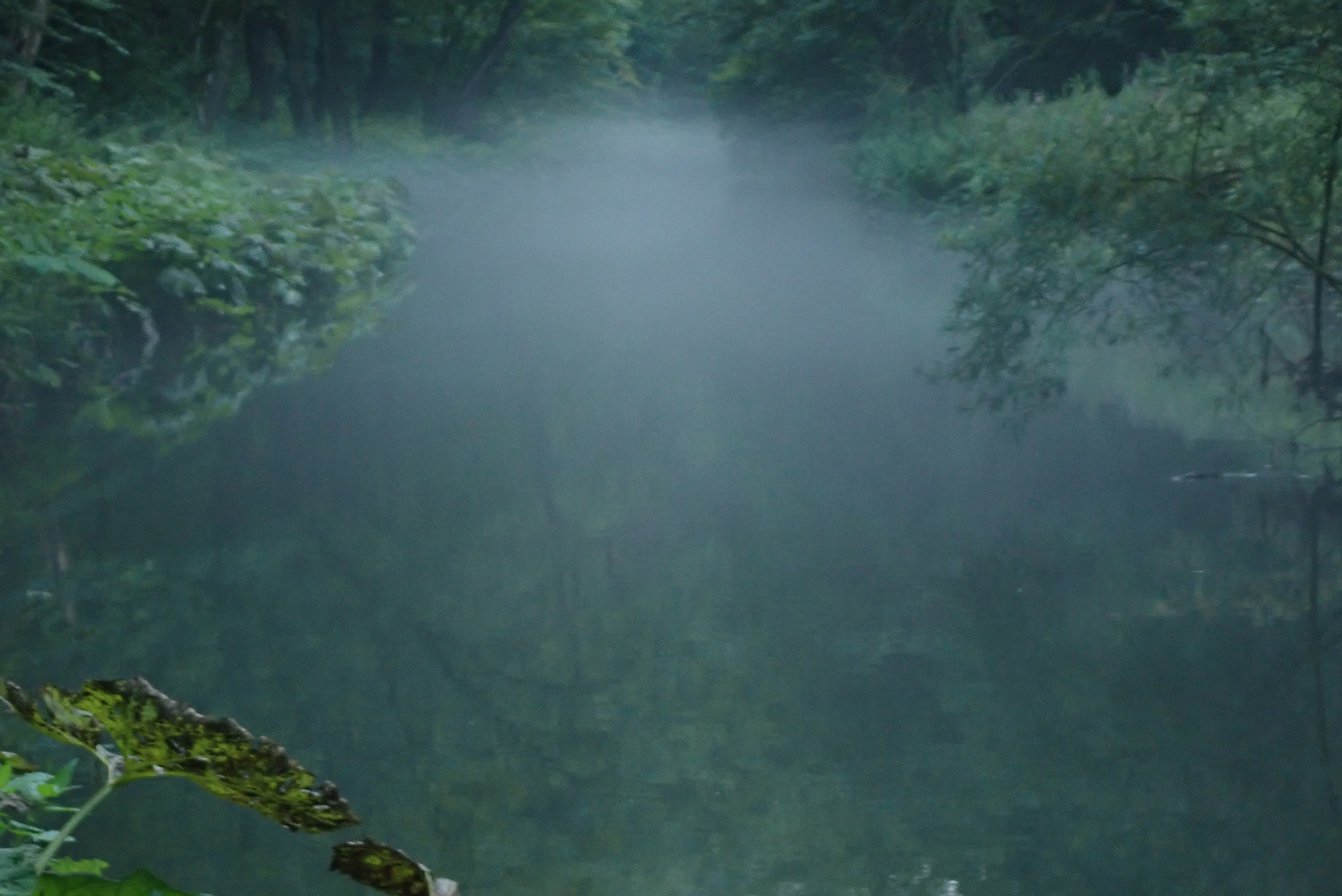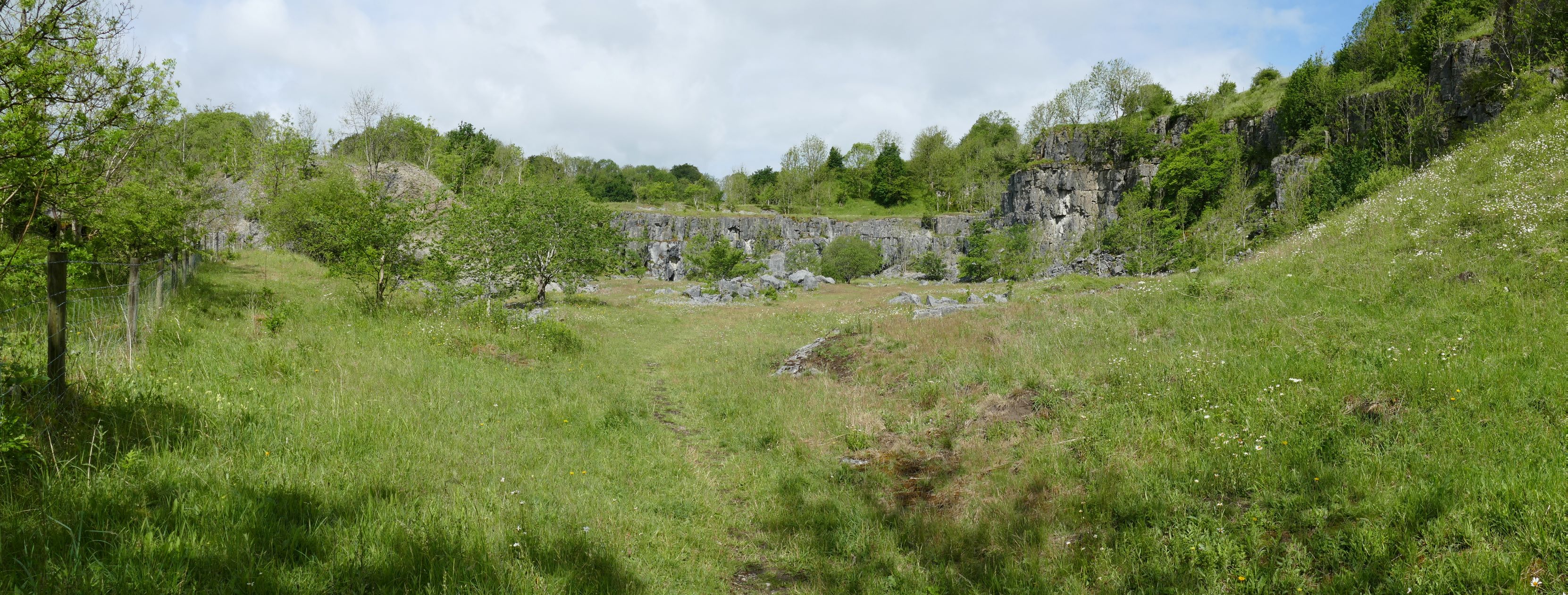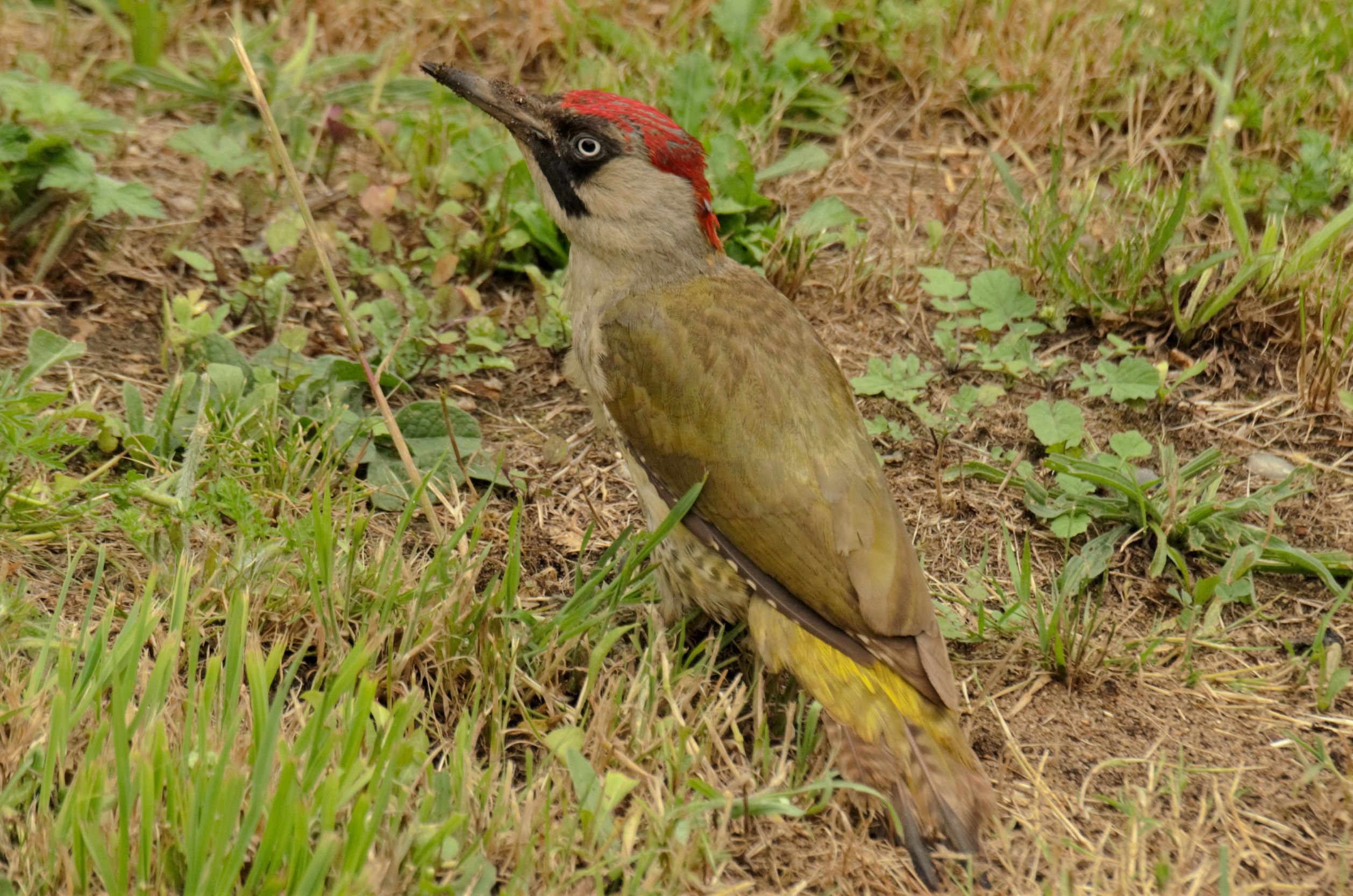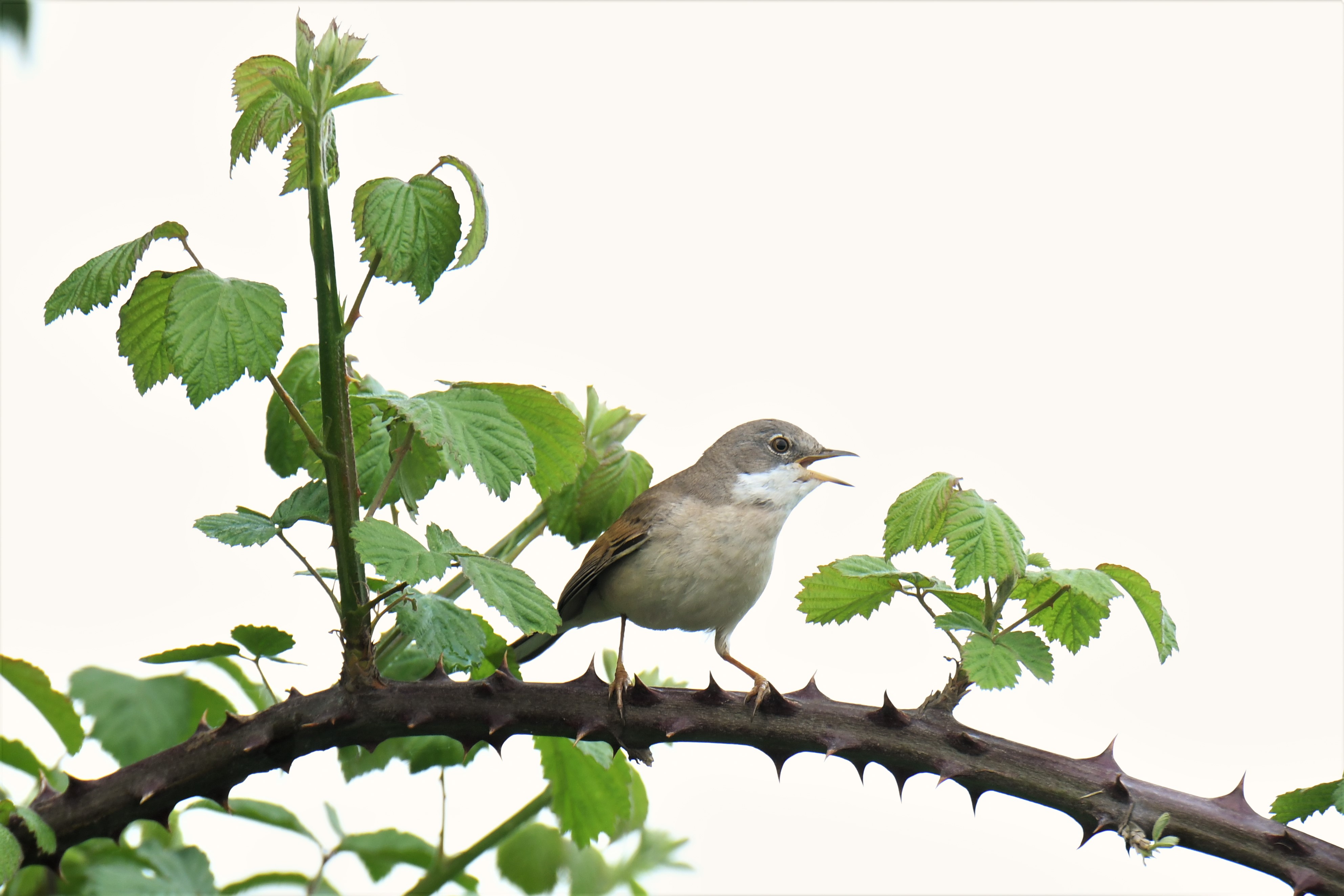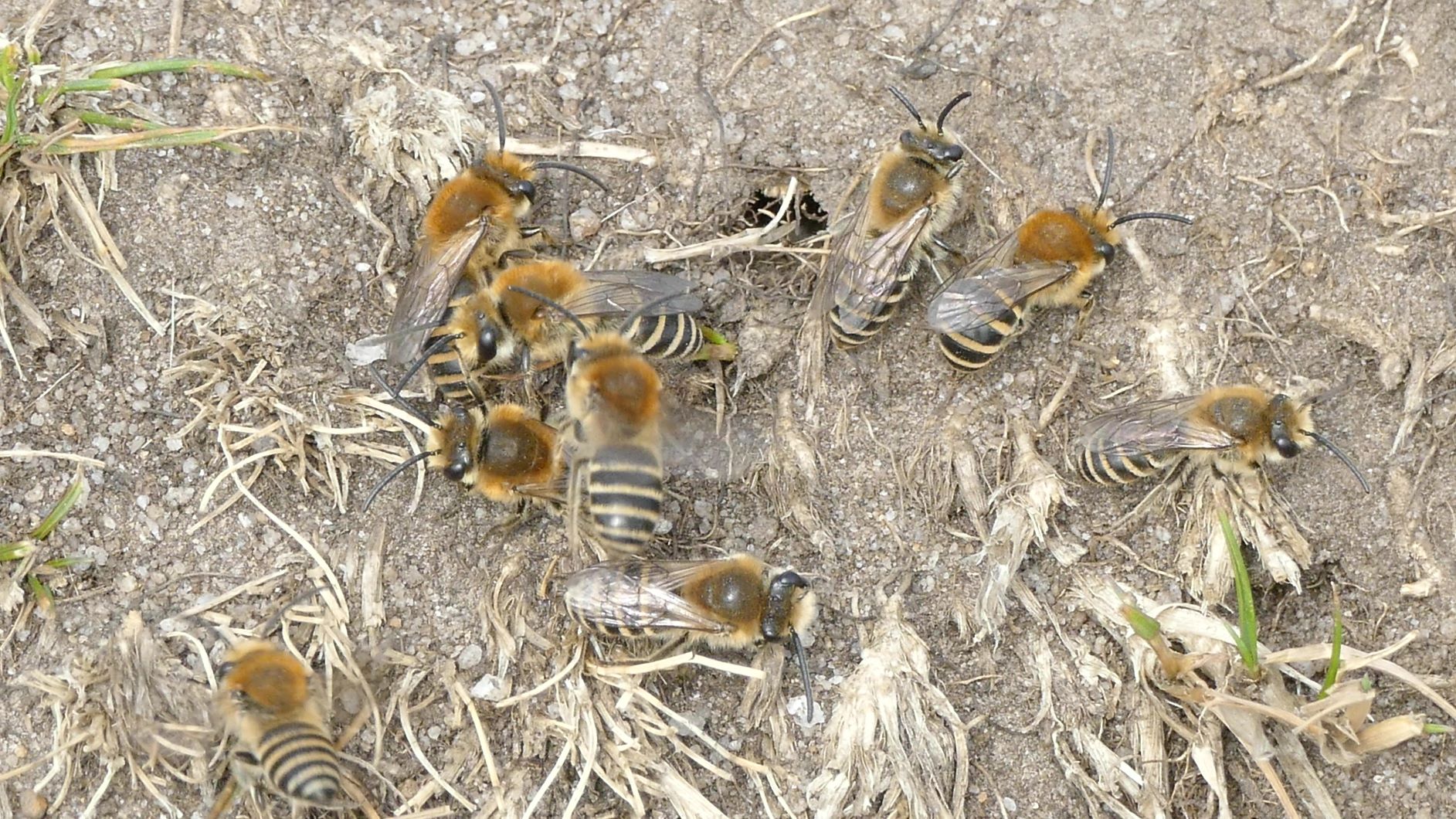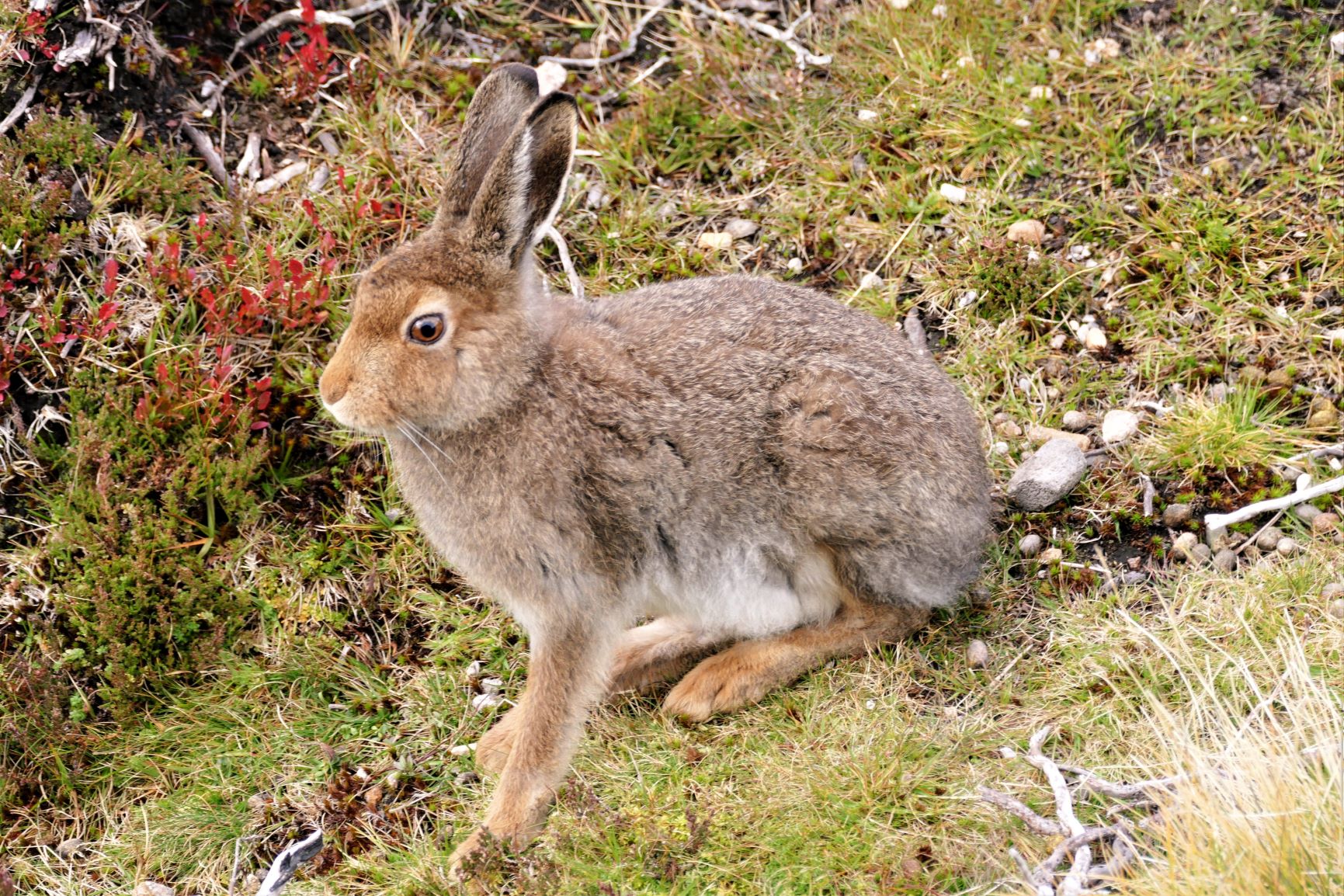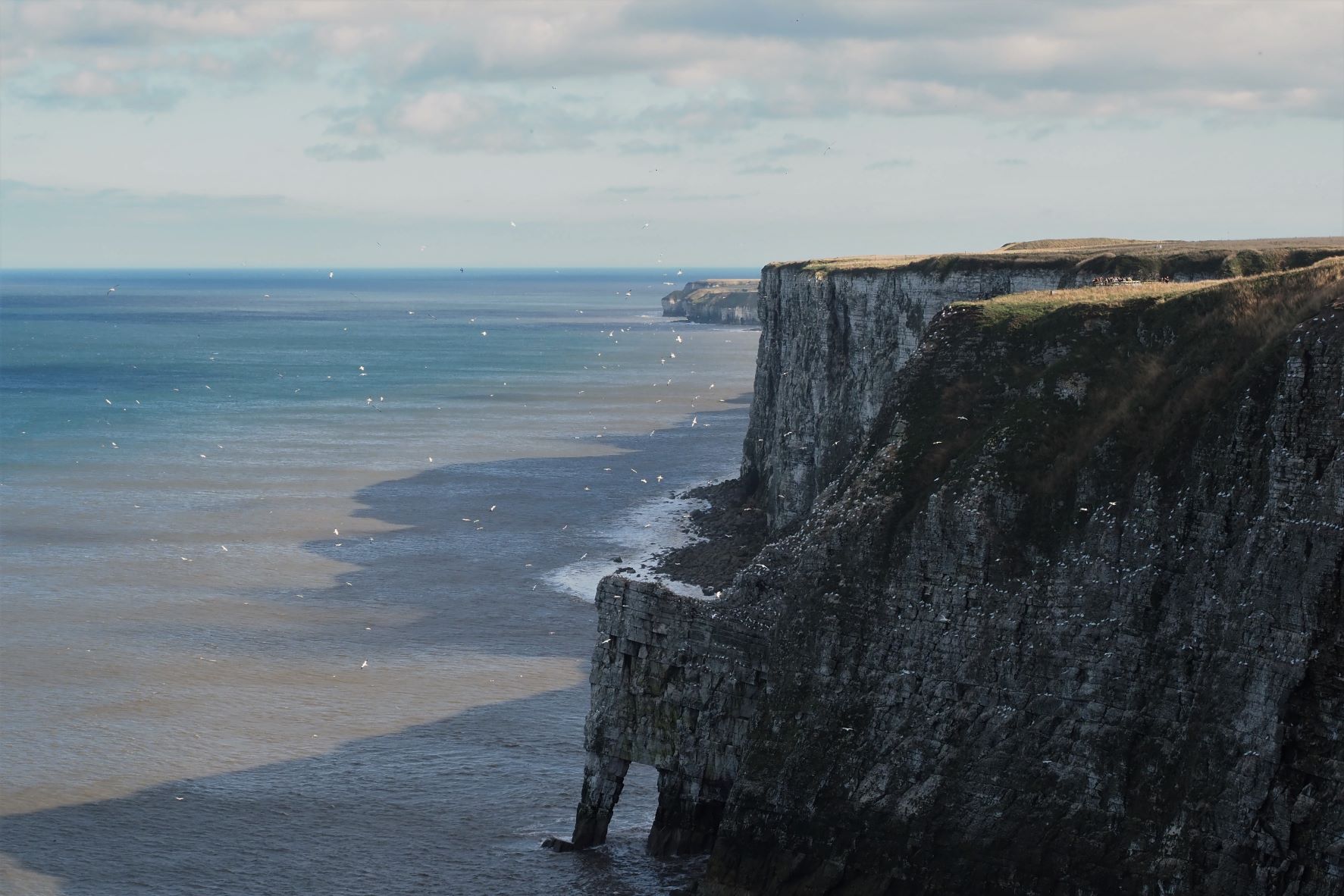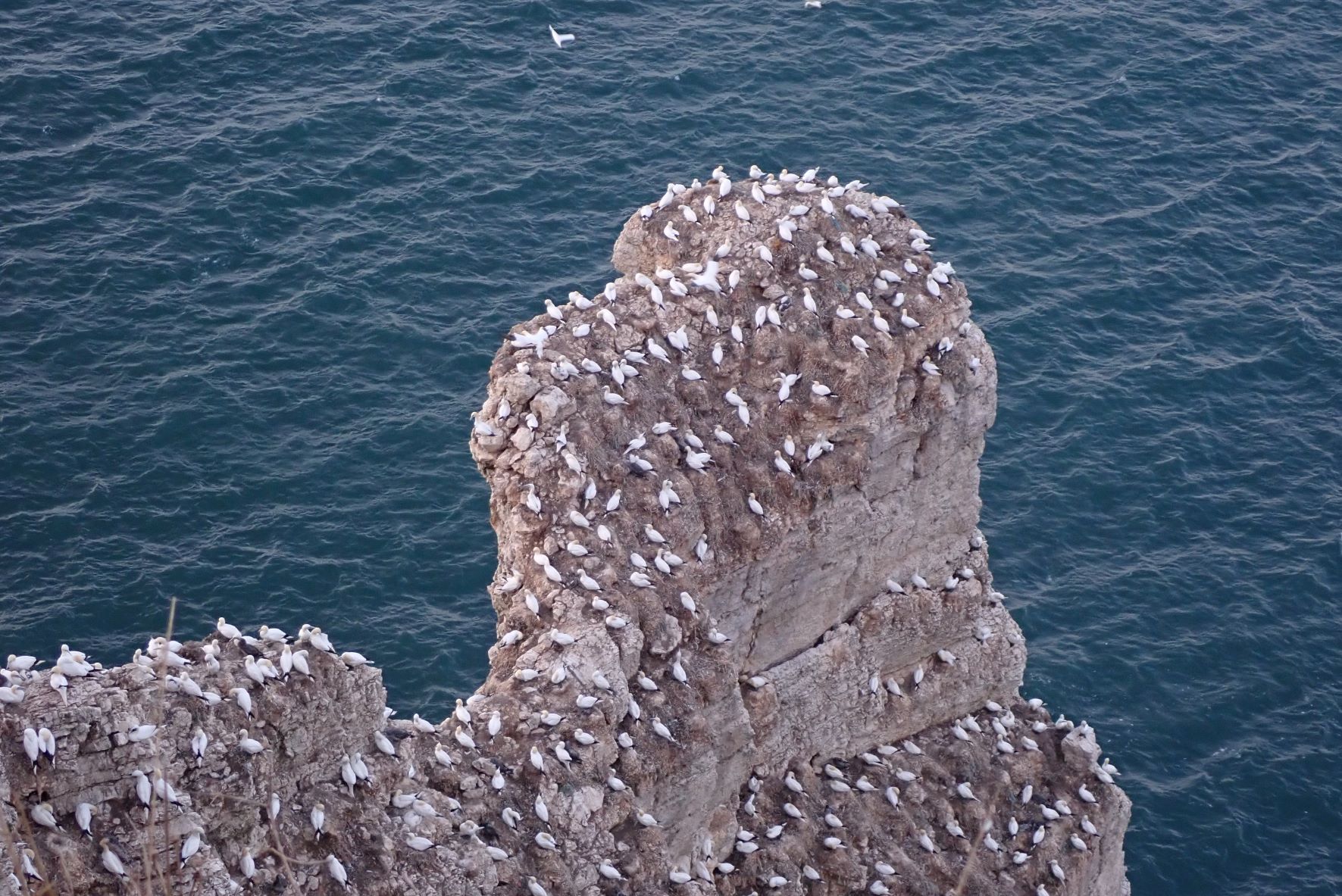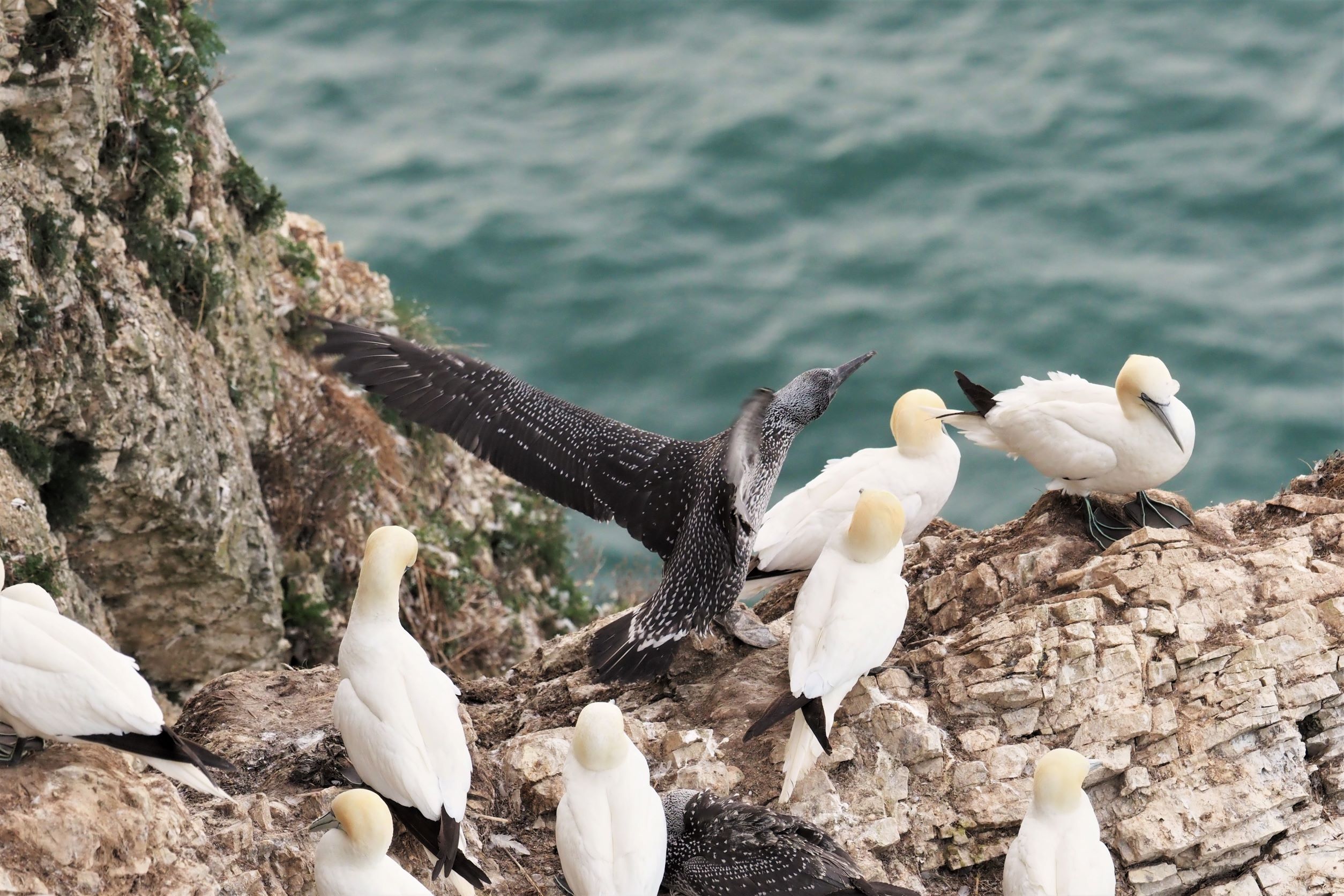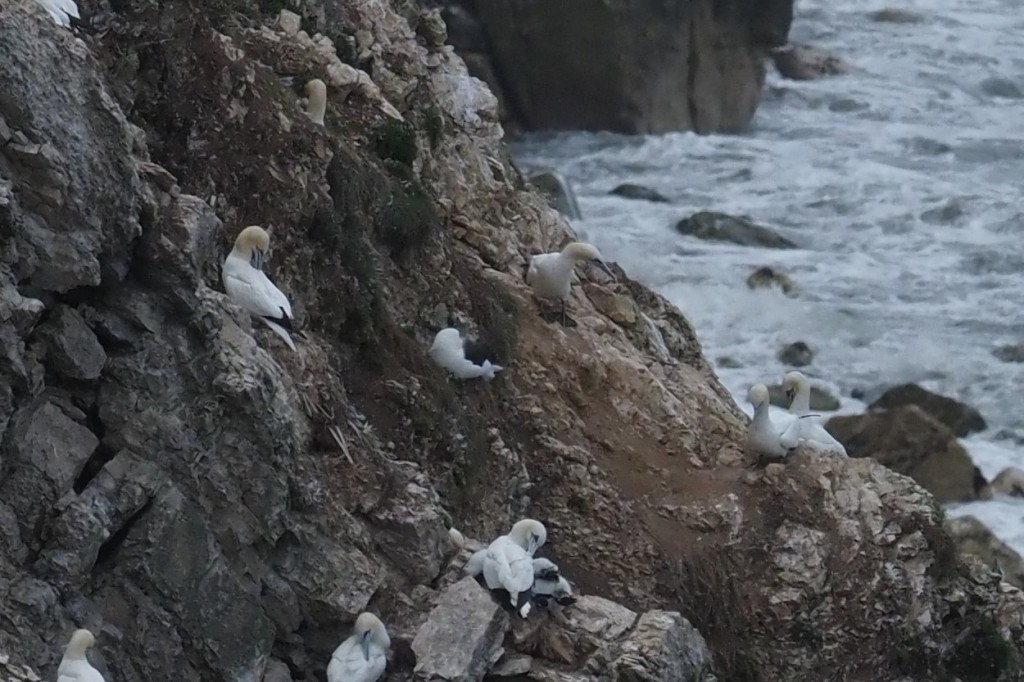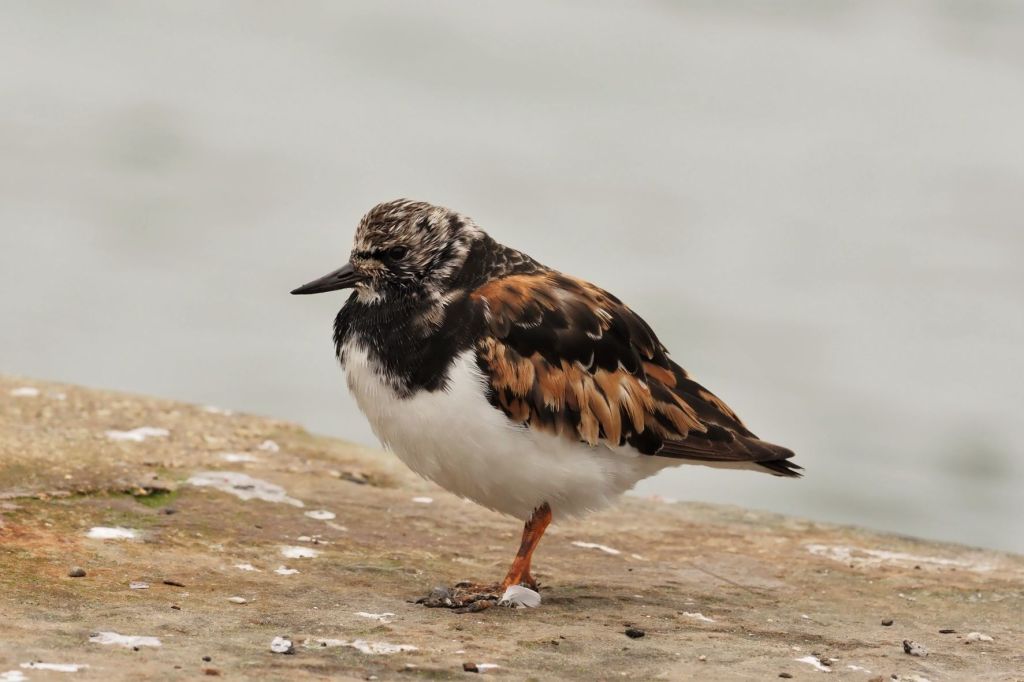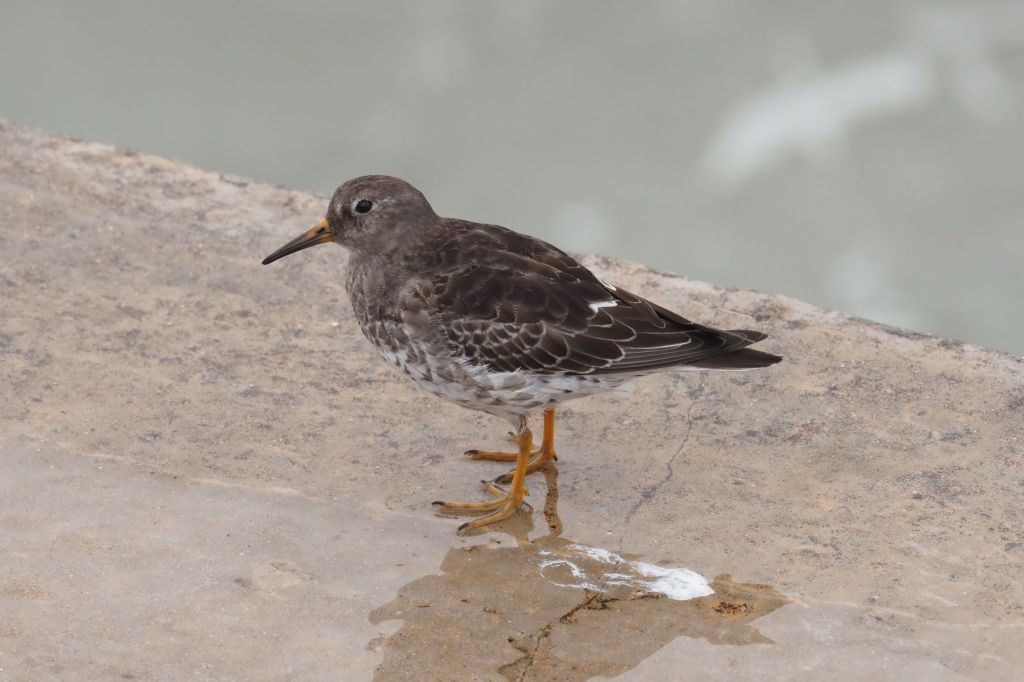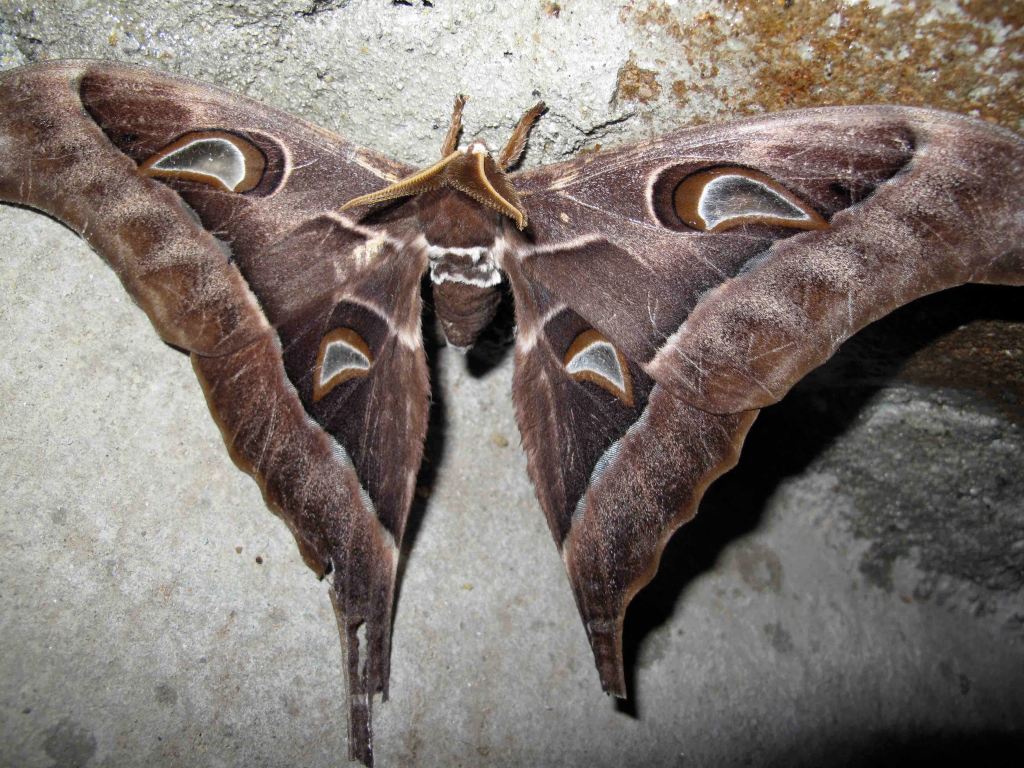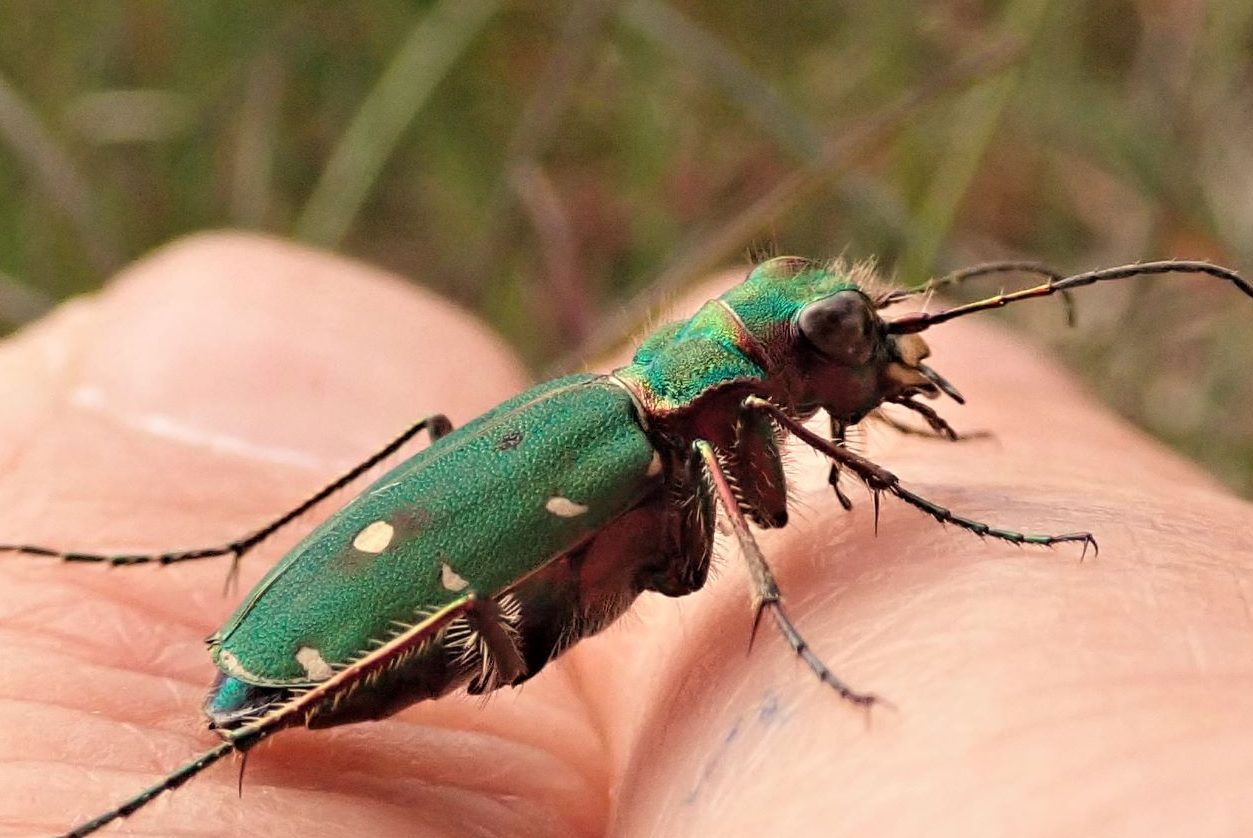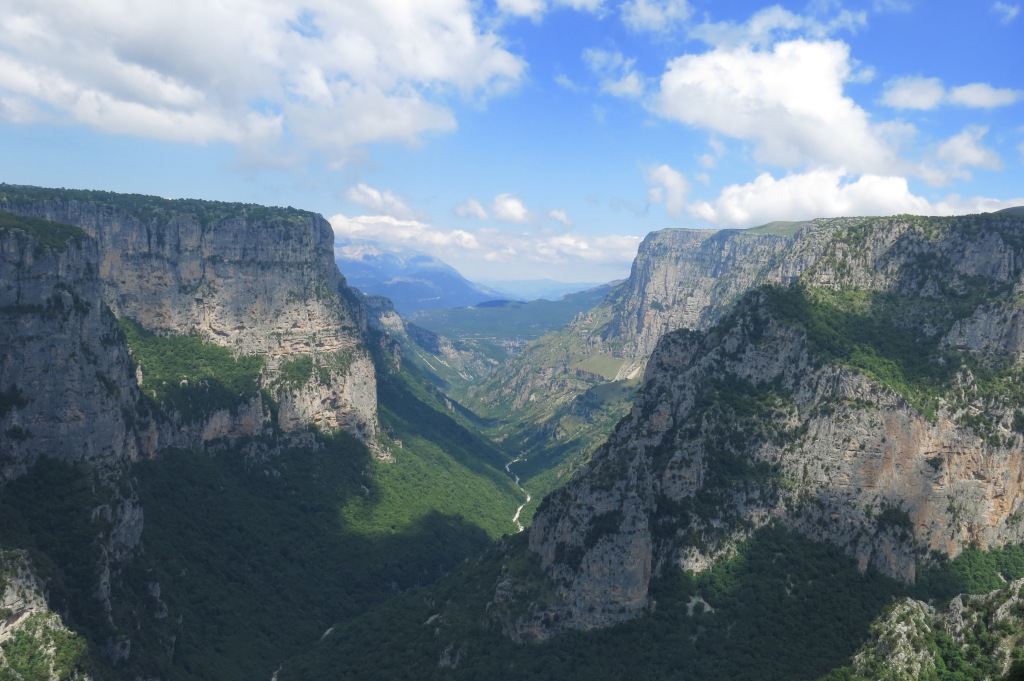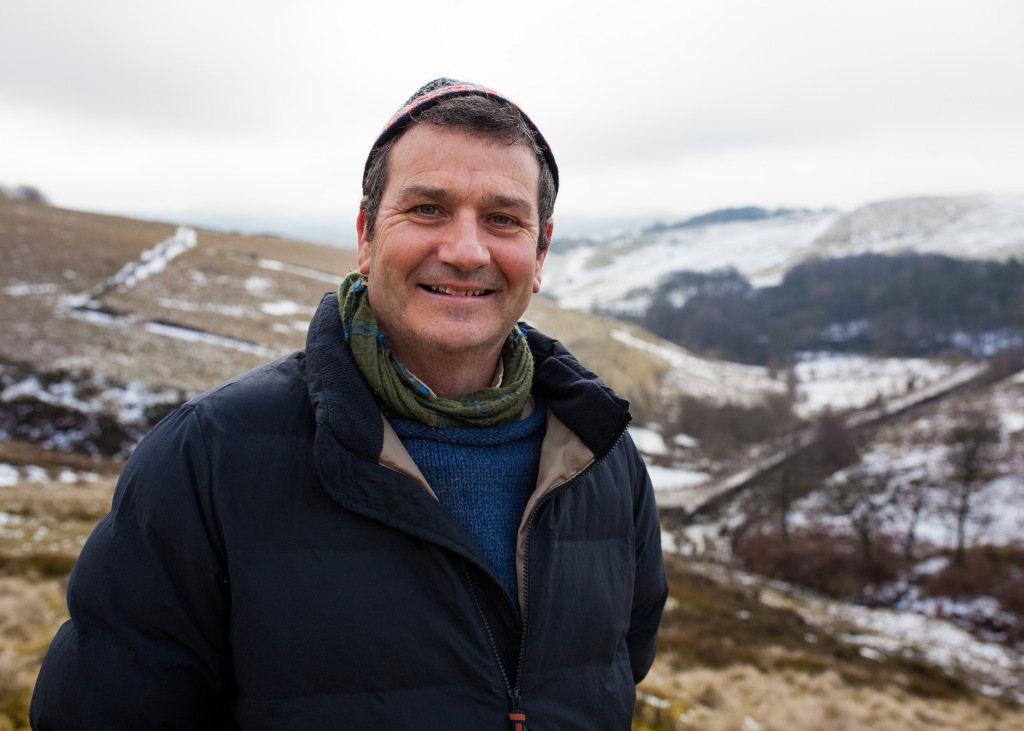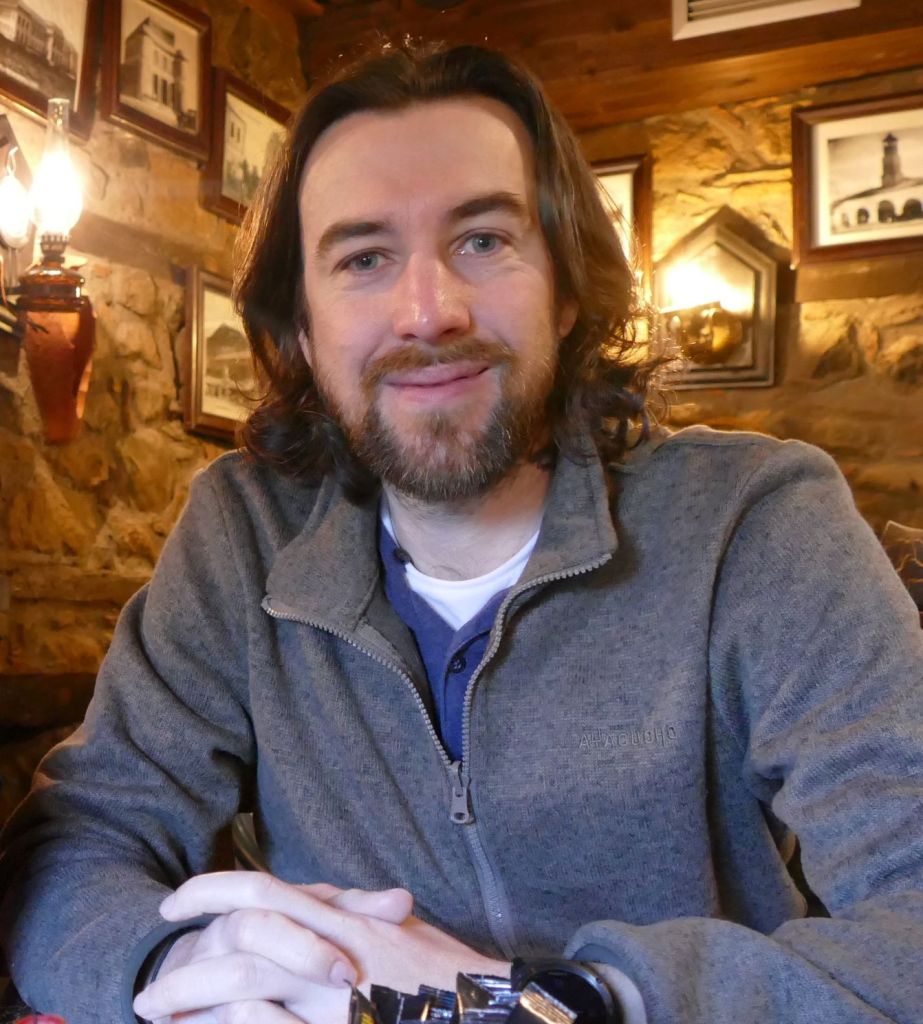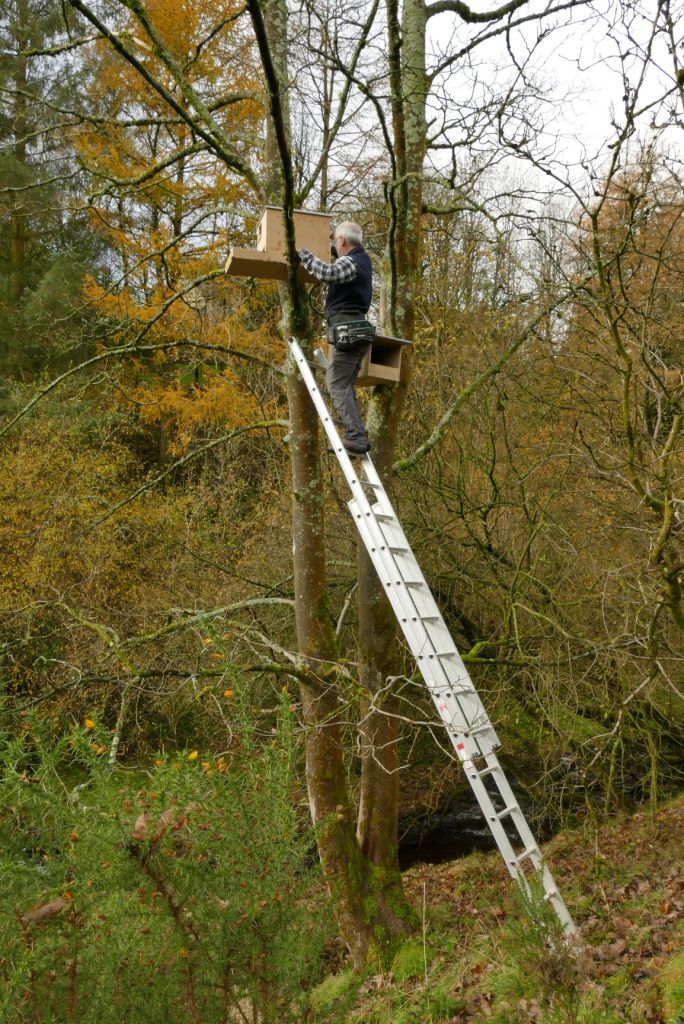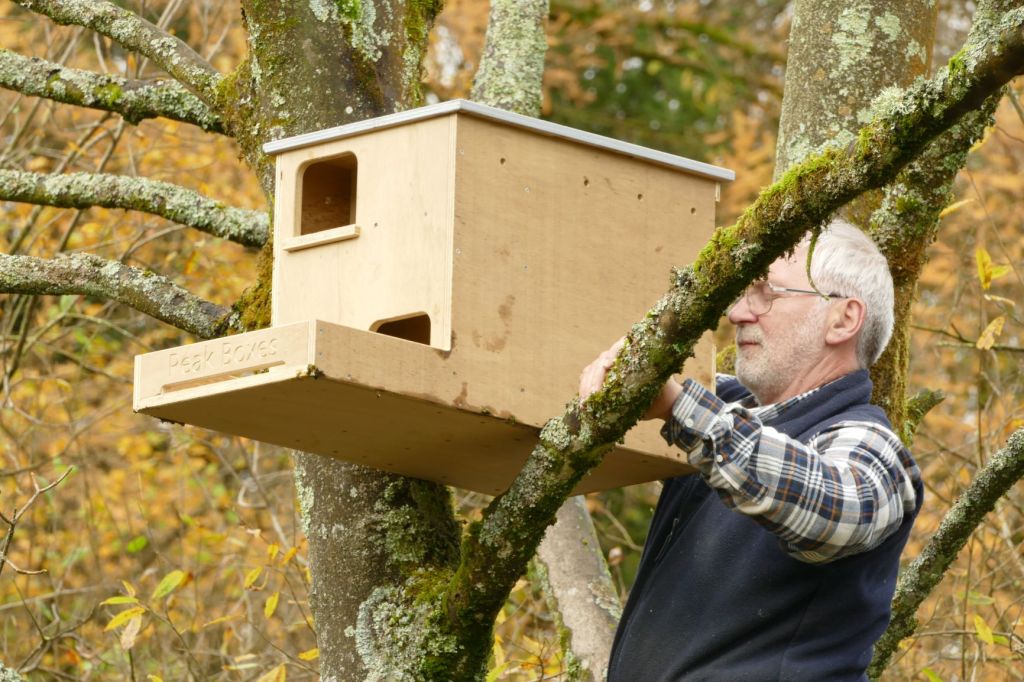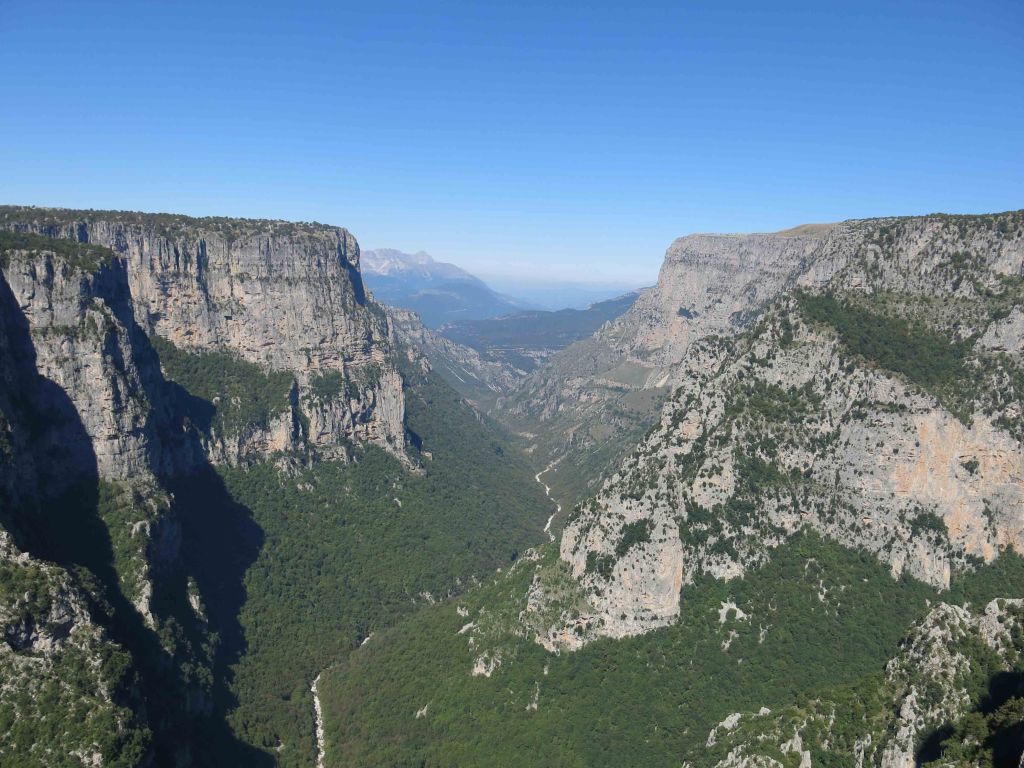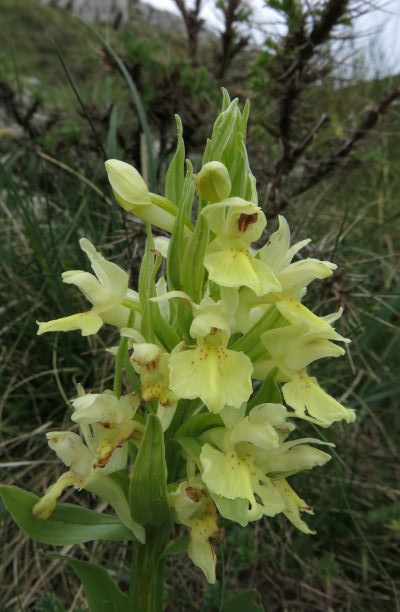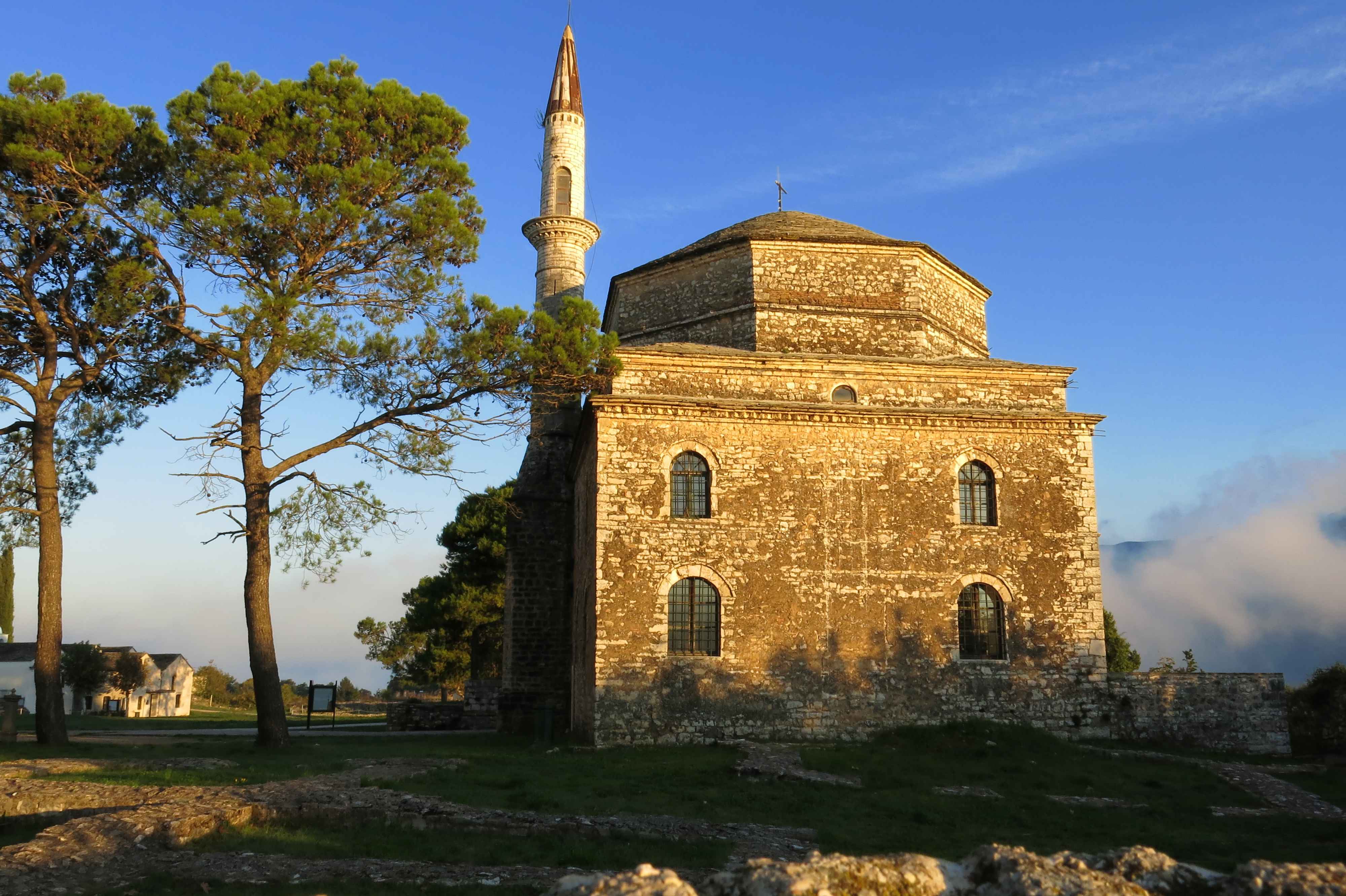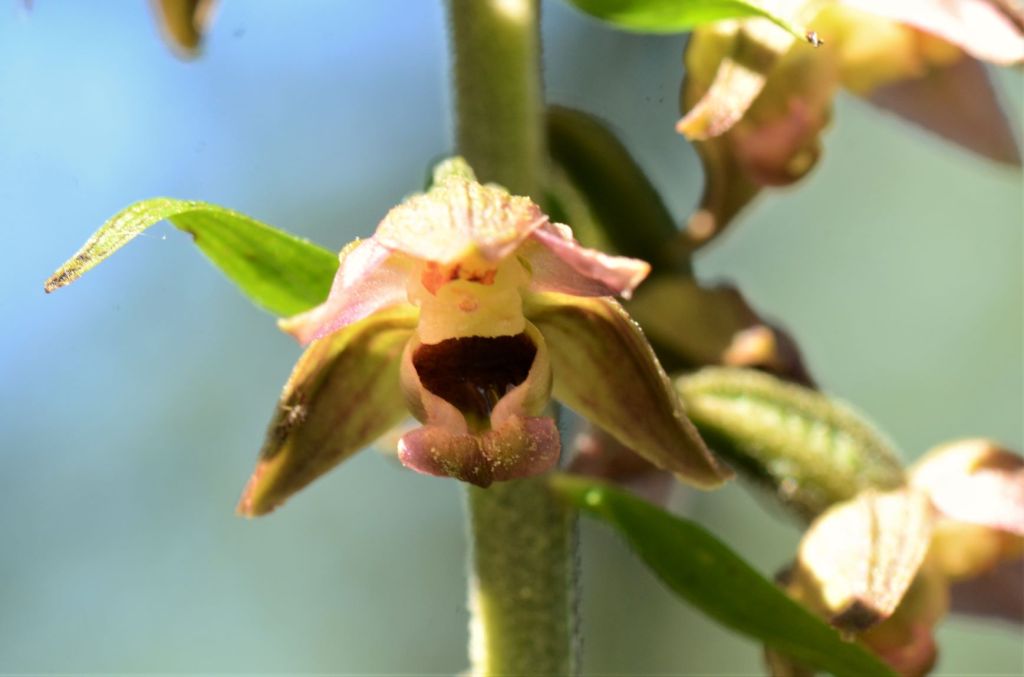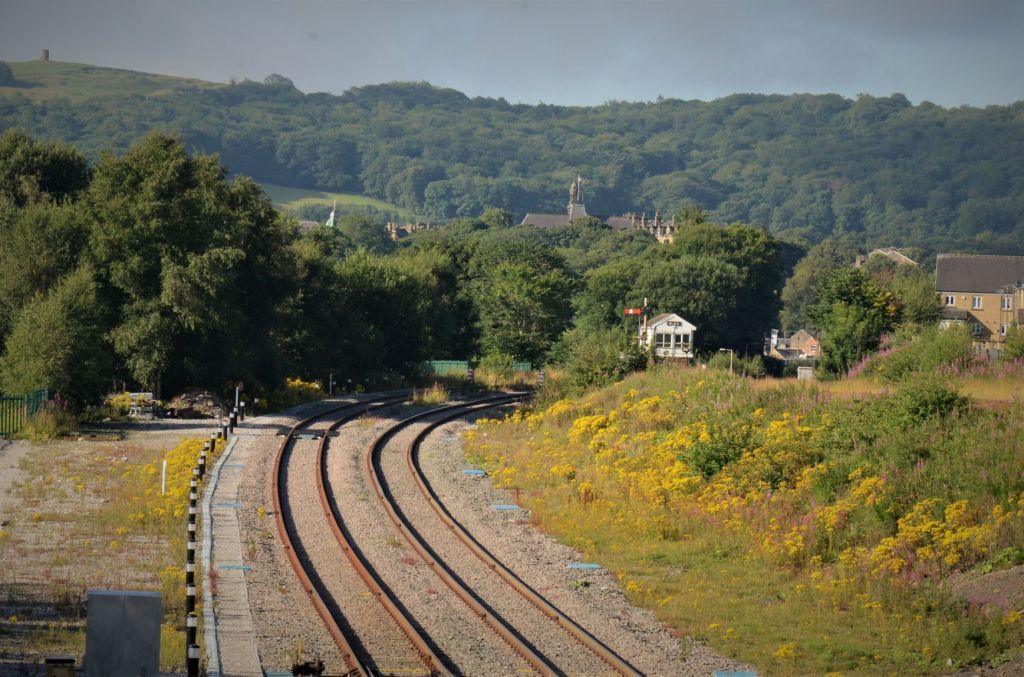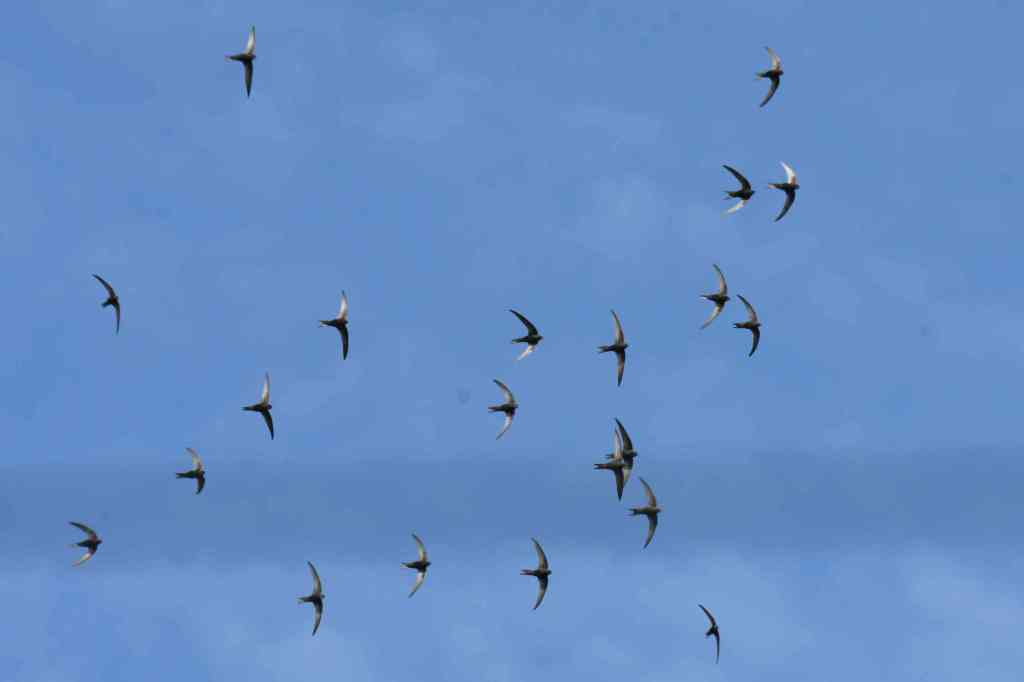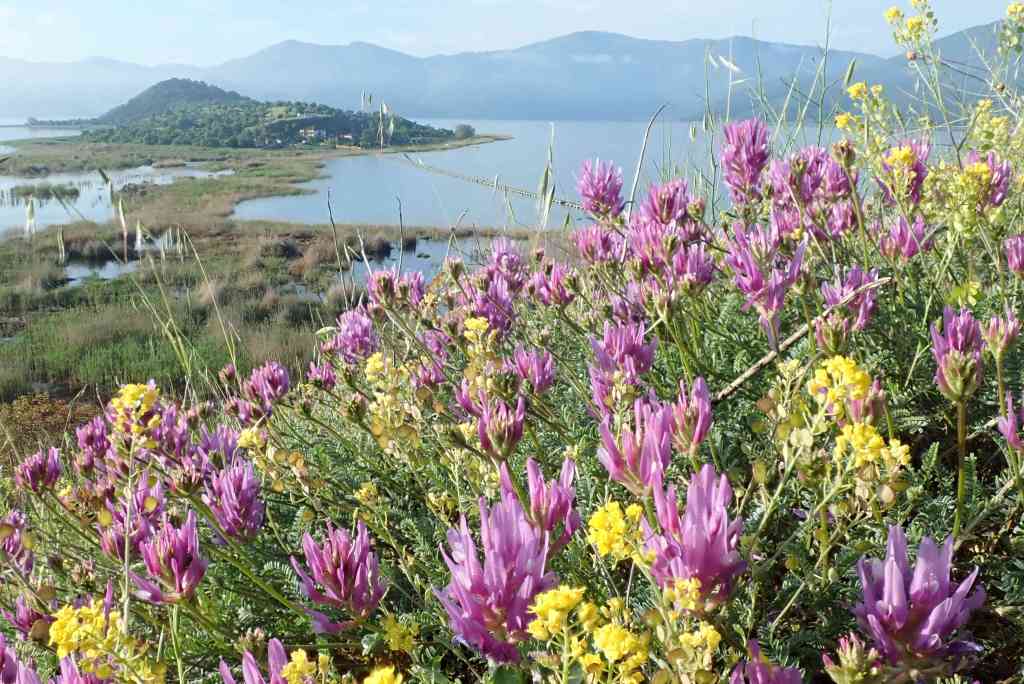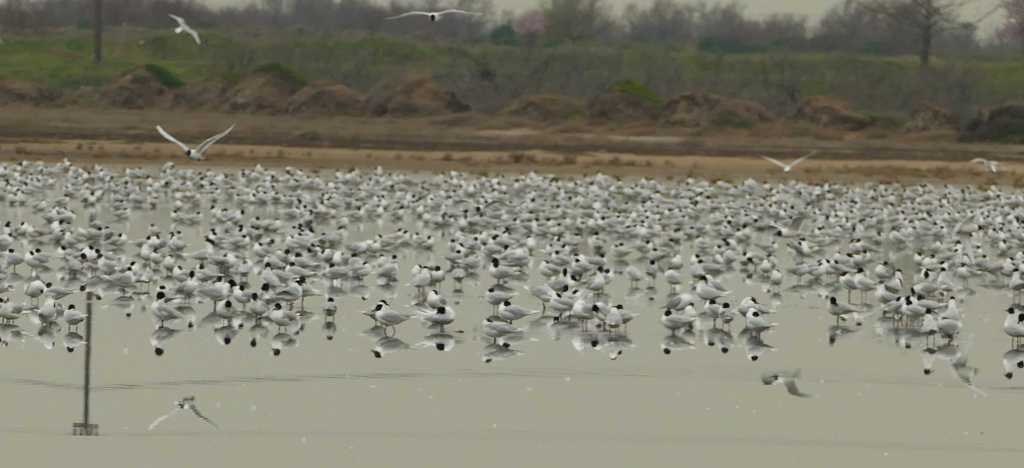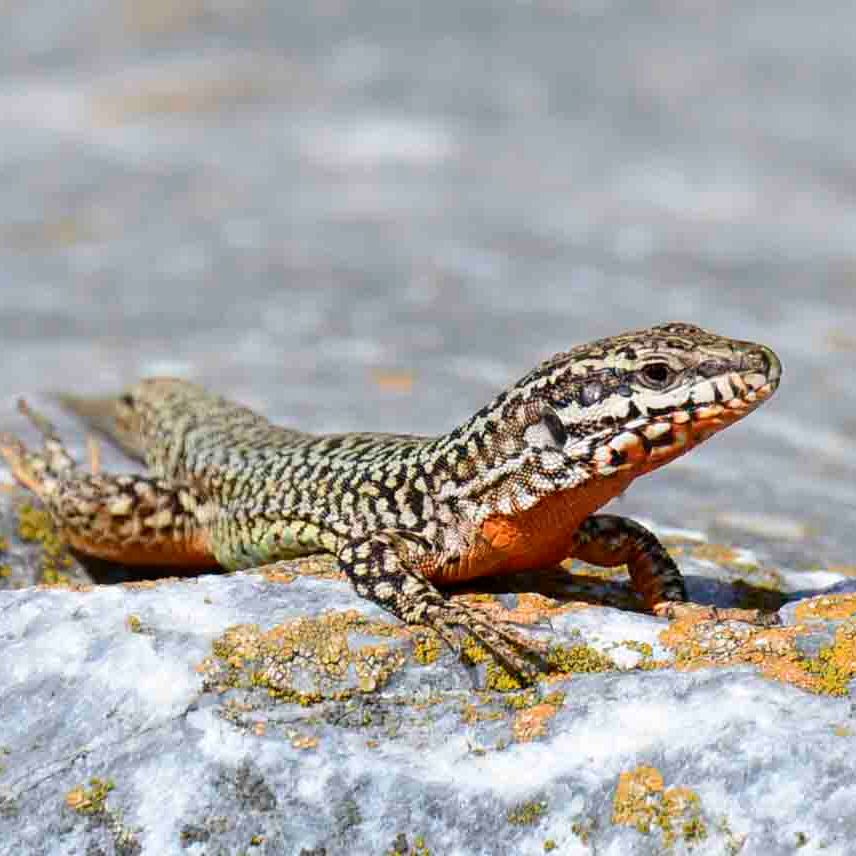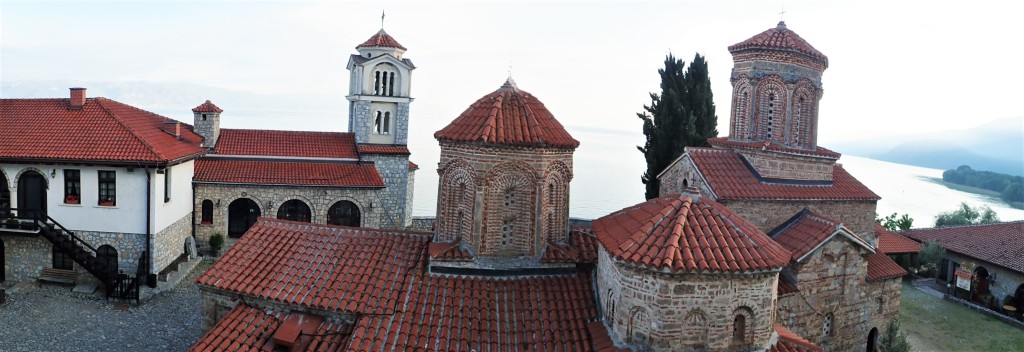with
Mark Cocker
Mon 25 April – Thurs 28 April 2022
A four-day all-inclusive break to experience the hills and dales of north Derbyshire with multi-award-winning naturalist and author in his home patch. If you would like to go straight to the booking form, click here.

Buxton and the High Peak
North Derbyshire is a fabulous area for natural history with a distinctive rural culture and a proud record as the site of the UK’s first-ever national park, The Peak District, which was designated more than 70 years ago. Our wildlife breaks are centred in historic Buxton. The town stands atop the thermal springs for which it has been renowned since Roman times, but it also straddles the two characteristic geological formations of the High Peak, the limestone plateau and the gritstone uplands. The life of 320 million years ago is never far from the surface and has shaped the region’s environmental present, as well as its industrial past. Only a single English spot to the south of here is higher than Axe Edge, the ridge running just west of Buxton. This formation is a central watershed for English rivers (ie those flowing off one side join the North Sea, those heading west from Axe Edge flow to the Irish Sea). For our purposes Buxton is perfectly placed because it is so close to a range of great wildlife areas and our excursions will involve minimal driving. The break is also timed to catch the region at its spring best.
Our Westminster Hotel is a five minute drive from the high moorland and on our first evening we will make an excursion to enjoy some of its special breeding birds including short-eared owl and golden plover. They arrive back in late winter and take up breeding territories and should be well into their nest season by late April. The presence of owls is dependent upon the quality of the habitat for voles and they move year to year so it is hard to predict. But a displaying short-eared owl is one of the most beautiful sights offered by the avifauna in these islands.



images from left: short-eared owl, golden plover and common wheatear
Our first day will be spent in the fabulous Chee and Millers Dales, where the River Wye cuts a steep-sided gorge into the limestone valley and the old railway line provides a perfect broad track through what is otherwise difficult terrain. The deep limestone canyons are a perfect resonating surface against which the breeding jackdaws fire a cacophony of their joyous calls.
The area is celebrated for its flora and we will visit at least two Derbyshire Wildlife Trust reserves to enjoy the limestone gardens that are brimming up with colour and beauty. Willow warblers will now be singing and common redstart returns from the African Sahel to take up territory. One of the pleasures of arguably Britain’s most beautiful migrant is working out the mimickry embedded in the male’s wonderful little ditty. My most prized ‘spot’ was the sound of a calling ‘bee-eater’ which was all the weirder for being in a Derbyshire dale. We also meet some of the other avian specialities such as grey wagtail and dipper and, more recently, the dramatically colourful mandarin ducks. This Asiatic import has taken very well to the tree cavities in the ash and sycamore woods that line the steep valley sides.


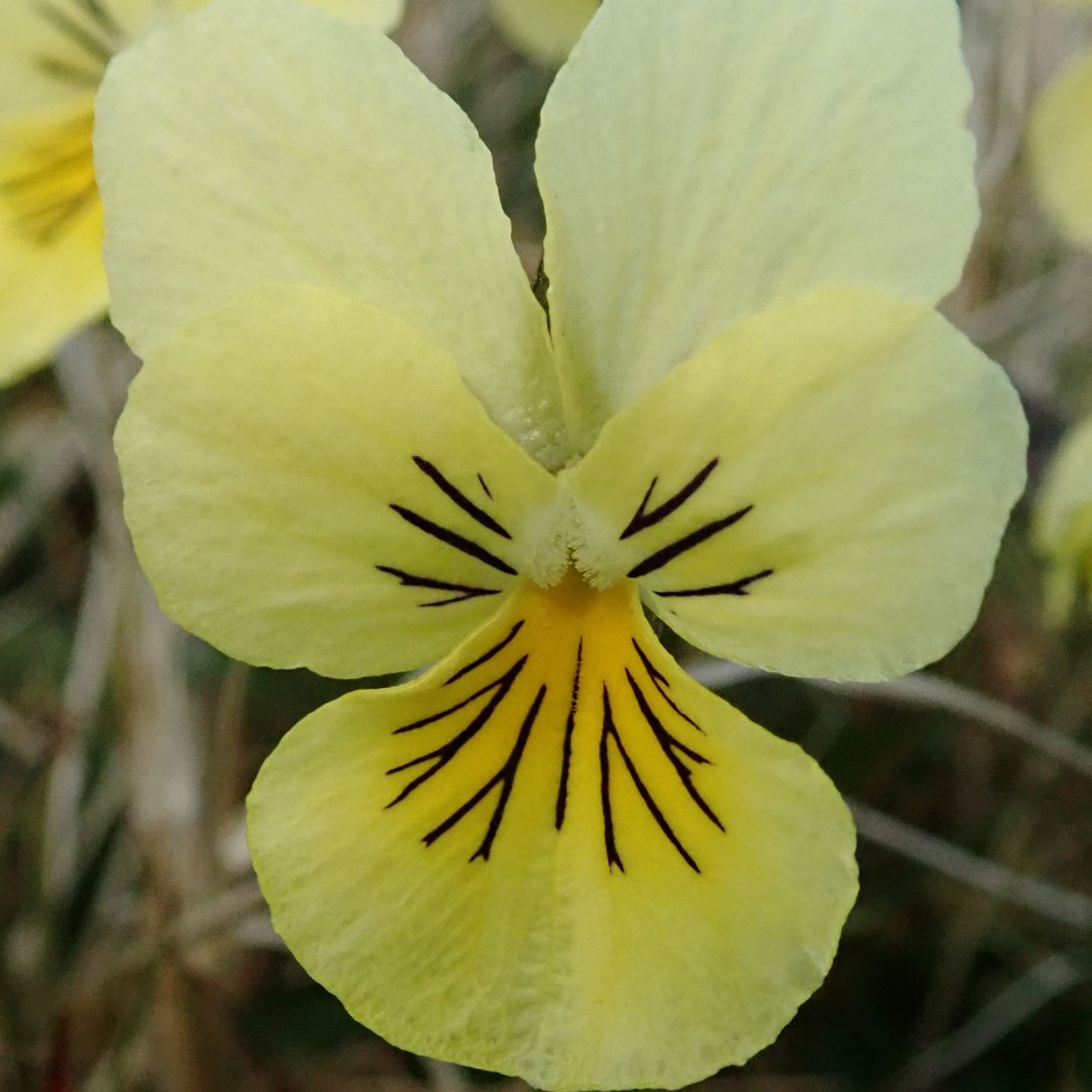

images from top left: mandarin duck family, dipper, mountain pansy, wood anemones
Spring is late to arrive in this high plateau area but there is a huge amount of colour and scent to enjoy: the kitchen tang of the ramsons, the star-like beauty of celandines, the patches of primroses and wood avens and the early flowers of the scarce spring cinquefoil. Yet it is the wider atmosphere of the Wye Valley in this section which is also captivating, especially its sense of astonishing greenness. Here is a brief slideshow sense of the place.
images: Wye Dale, flowering cowslips, common redstart singing, lesser celandines in flower, flowering ramsons, hazel catkins, limestone formations in Chee Dale, River Wye in evening mist
After the lush almost subtropical photosynthesing power of the dales we head on our second full day for the more austere, open character of the Derbyshire-Staffordshire tops. In fact Dane Bower quarry is just over the border into Cheshire and in a short walk we will take in all three counties. The whole area is one of the best moorland landscapes for all the birds traditionally associated with the uplands – curlews, golden plovers, lapwings and common snipe. It also holds a small number of breeding ring ousels as well as the more numerous stonechats and wheatears.
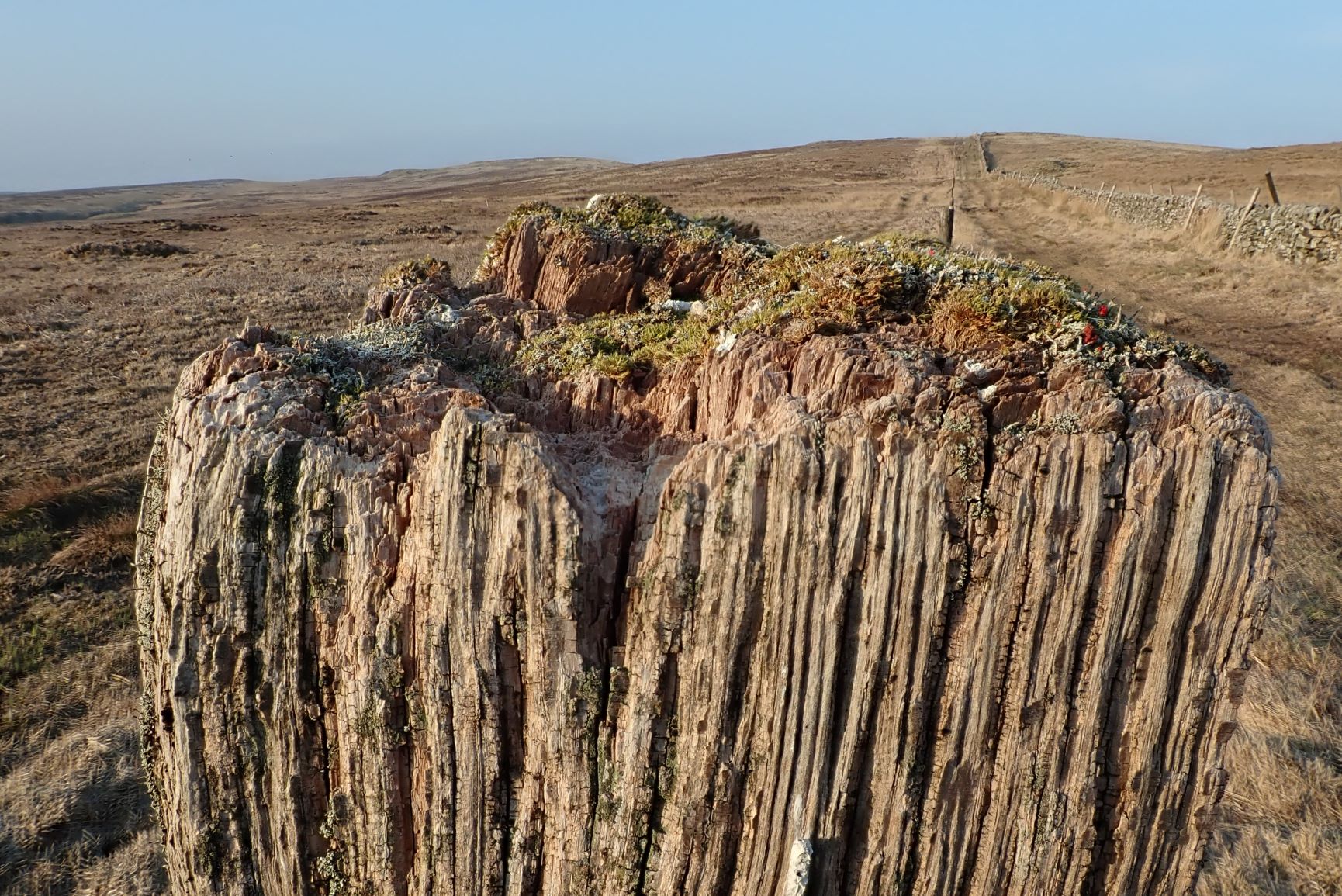




images top right then clockwise: moorland near Axe Edge, common snipe, Eurasian curlew, male stonechat, red grouse.
The walk runs through an old abandoned quarry and we will plan to have our picnic overlooking the wonderfully named Wolf Edge, near Flash, the highest village in England. If it is a good vole year this is a great place for breeding short-eared owls and there are often peregrines and ravens in the same area. If time allows we will run down into the Gradbach and follow the River Dane through the woods to visit Lud Church, a rather eery cleft in the rocks, where the persecuted Lollard sect was said to gather in the fifteenth century. The site is also credited as a key location in the anonymous medieval poem Sir Gawain and the Green Knight. But Gradbach is just a lovely spot for wildlife and will add to the day’s full mix.
Our last day in England’s most landlocked county will be determined by weather and wildlife as the season unfolds. But it will capture something special about that particular spring. One spot we may visit is among my favourite in the area: Beeston Torr in the Manifold Valley. It is in Staffordshire and is dominated by a huge domed bloc of limestone that is often visited by peregrines. The surrounding woodlands are some of the best in the area and are a great place to catch up with two of the area’s rarest speciality birds – marsh and willow tit. Wherever we go it will be chosen to offer you the fullest sense of this place and to capture the essence of the Peak District.



images Beeston Torr with a resting peregrine, Beeston torr and marsh tit
The 360 Degree Approach
Our Derbyshire breaks are co-organised by Mark Cocker and Chris Mounsey of Balkan Tracks. Chris will make all arrangements, handle bookings and oversee finances. Our approach has been worked out over many years of sharing wildlife and its place in human culture with others. The break is intended to be a form of alfresco salon where the landscapes and life of Derbyshire are a stimulation for reflection, thought and unending conversation, as well as laughter and great fun. We shall never be in a rush. There will be no concern whatsoever for listing. And while I am not expert in everything, we will look at everything. The aim is to pack each day with wonder so that you have the richest and most imaginative engagement with all parts, whether it is peregrines or periwinkles. It is not a writing trip in any sense but the approach lends itself to creative responses. If you feel inspired all the better, and impromptu readings in the evening are a routine part of our holidays.
The 360 Degrees team
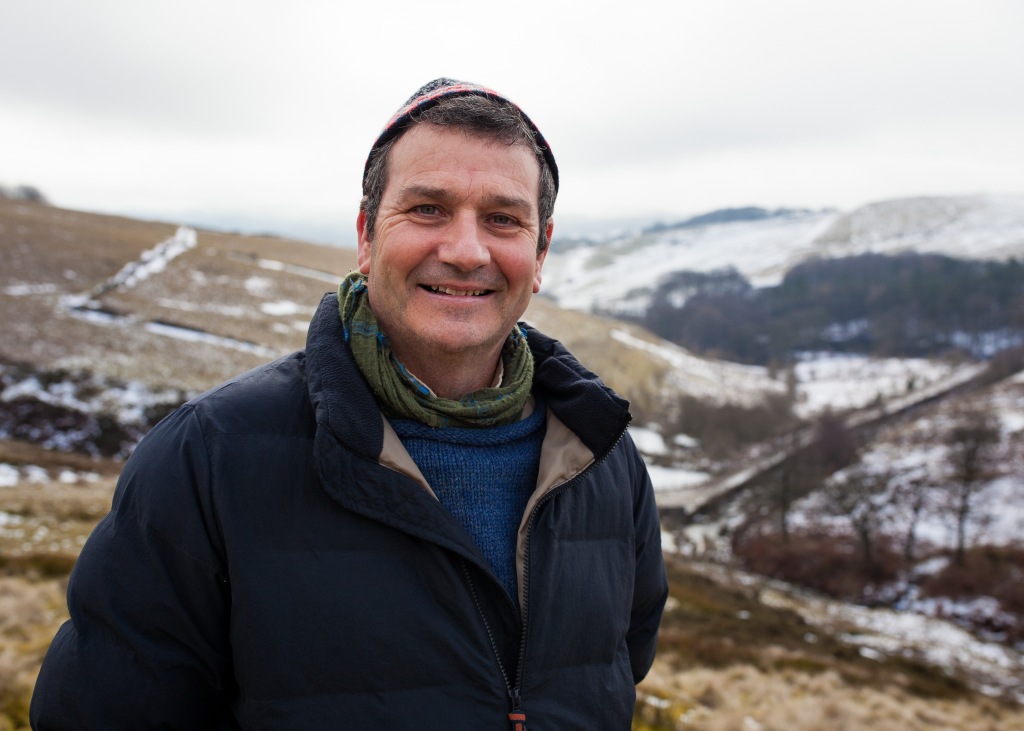
Mark Cocker is an author and naturalist born and brought up in Buxton. He has contributed to the Guardian country diary for 34 years and his 12 books of creative non-fiction, including Our Place, Birds and People and Crow Country, have been shortlisted for many awards including the Samuel Johnson Prize. Crow Country won the New Angle Prize in 2008, while A Claxton Diary won the East Anglian Books Awards in 2019. In a previous life he led wildlife holidays all over the world and the 360 Degree approach is a distillation of that experience.

Originally a lawyer in London, Chris Mounsey worked for an environmental NGO in Prespa in Greece. He and his father Richard then founded their dedicated ‘responsible tourism’ company, which is devoted to connecting visitors with some of Europe’s finestnature and, importantly, the people who live among it. Chris is currently exploring newforms of flight-free holidays in the UK and other parts of Europe.
Our Accommodation

Our base is the four-star Westminster Hotel, a family-run 12-room establishment on Broad Walk at the heart of the town, with lovely views over the Pavilion Gardens’ lakes. The breakfasts and packed lunches are hearty and based on locally sourced produce. In the evenings we have three-course dinners at a small privately-owned and family-run restaurant called La Brasserie Bar, where the food and atsmopshere are first class. It is just ten-minutes walk from the hotel and located in the most vibrant part of Buxton’s scenic centre. There are terrific micro-brewery pubs around this area and our hotel is chosen to give you easy access to Buxton’s famous historical architecture, such as the St Anne’s Crescent and the Devonshire Dome. You can find out more about your accommodation at their respective websites: www.westminsterhotel.co.uk and www.thebarbrasseriebuxton.co.uk.
Prices and Arrangements
Dates: Mon 25 – Thurs 28 April 2022
Price £795 (plus £100 for single supplement) Included are all transport, guiding (entry fees), all meals including daily packed lunches and accommodation. Mark will be with you on all excursions. The only additional costs are your travel to/from Buxton, drinks or snacks during the day, evening drinks with your dinners. The tour will have a maximum of eight participants. Our programme is based on 9am – 5pm excursions, although sometimes we might be later back from more distant locations. We will provide a detailed daily plan closer to departure. We can make reading and equipment recommendations. A £200 deposit is payable on booking. See my website for additional details. if you want more information about the programme please email me here. If you would like to go straight to the booking form, click here.




